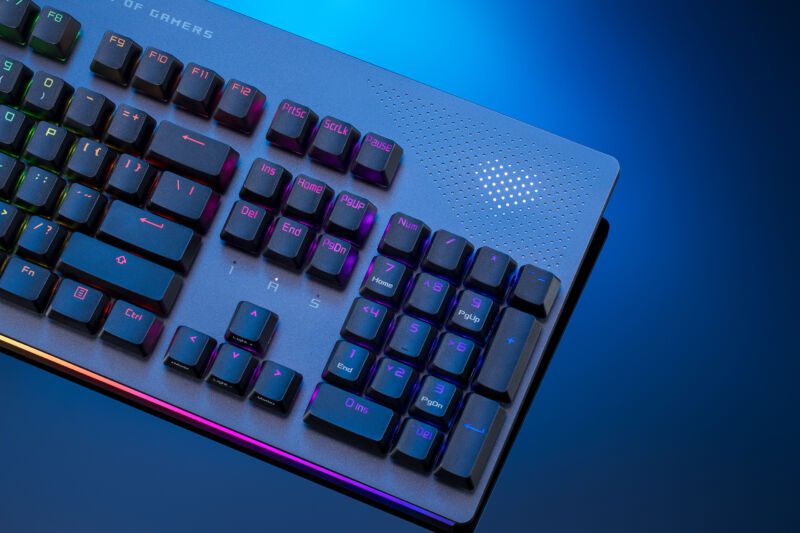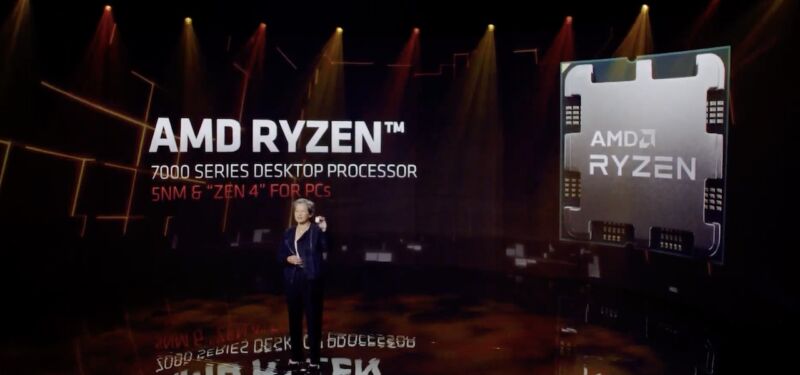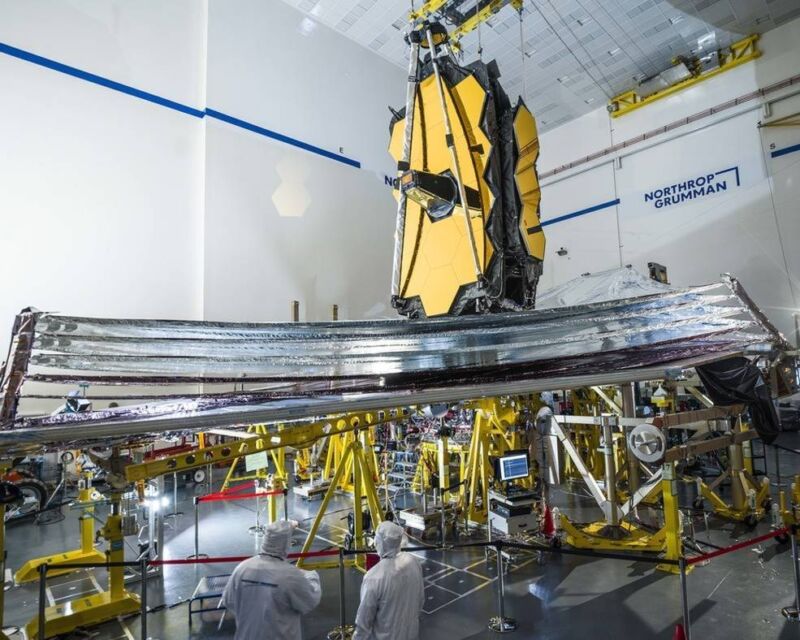
Ambarella launched its latest CV3 artificial intelligence domain controller family to power autonomous vehicles.Read More

Ambarella launched its latest CV3 artificial intelligence domain controller family to power autonomous vehicles.Read More

Enlarge (credit: Aurich Lawson | Getty Images)
Perhaps the favorite thing I wrote in all of 2019 was about a research study that taught rats to drive, an activity that the rats appeared to enjoy. Today, we have another tale of lab animals learning to drive, but this time the motorists in question weren’t mammals—they were goldfish, who learned how to drive a fish-operated vehicle in a terrestrial environment.
The very first question most people will ask at this point is “Why?” In the driving-rat study from 2019, the researchers were trying to study environmental stress, and driving is an activity that turned out to reduce stress levels in the rats. This study, conducted by Shachar Givon and colleagues at Ben-Gurion University of the Negev in Israel and published in Behavioral Brain Research, aimed to discover something a little different.
Specifically, the idea was to see if the fishes’ navigation skills are universal and work in extremely unfamiliar environments, a concept known as domain transfer methodology. And you have to admit, driving a tank inside an enclosure in a research lab is a pretty unfamiliar environment for a goldfish.

Enlarge / A Navy nurse prepares a syringe. (credit: Getty Images | petesphotography)
US Navy Seals who objected to COVID vaccination on religious grounds yesterday won a preliminary injunction that prohibits the Navy from enforcing its vaccine mandate.
“Thirty-five Navy Special Warfare service members allege that the military’s mandatory vaccination policy violates their religious freedoms under the First Amendment and Religious Freedom Restoration Act,” Judge Reed O’Connor wrote in the ruling out of US District Court for the Northern District of Texas. “The Navy provides a religious accommodation process, but by all accounts, it is theater. The Navy has not granted a religious exemption to any vaccine in recent memory. It merely rubber stamps each denial.”
O’Connor, who was nominated by President Bush in 2007, found that the Navy service members are likely to win the case on the merits. He granted the injunction prohibiting the Navy from enforcing its mandate against the plaintiffs and “from taking any adverse action against Plaintiffs on the basis of Plaintiffs’ requests for religious accommodation.”

Omron Healthcare has introduced its remote patient monitoring services in various regions around the world.Read More

Enlarge /
Asus announced an animated mechanical keyboard, the Asus ROG Strix Flare II Animate, at CES this week. It has many of the trendiest specs found in modern premium gaming keyboards, including an ultra-high polling rate. But it’s the programmable LEDs that really make it stand out—and no, I’m not talking about RGB keys.
The ROG Strix Flare II Animate is a full-sized keyboard with media keys. Most keyboards’ media keys are placed on the right side, above the numpad. The Asus keyboard’s programmable metal volume roller and hot keys are on the left side. The space above the numpad is instead reserved for the keyboard’s so-called “AniMe Matrix LED display.”
The AniMe Matrix is composed of 312 mini LEDs that you can program via software to display your own images or animations. You can also set the mini LEDs to react to sounds coming from your game or provide indicators for battery life, keyboard brightness, or the keyboard’s current RGB lighting mode.

Enlarge / AMD’s Lisa Su holds up an early sample of a Zen 4 CPU. (credit: AMD)
AMD didn’t offer much news on its desktop processors at its CES press conference this morning, but it did offer a brief preview of its next-generation Ryzen 7000 processors and its Zen 4 architecture. These chips will be released in the second half of 2022 and will require an all-new motherboard with a new AM5 processor socket.
We know few details about the Ryzen 7000 CPUs, except that they’ll be built on a 5nm TSMC manufacturing process and that the sample AMD demonstrated onstage was running at 5 GHz (the current 5950X tops out at 4.9 GHz). We also didn’t hear anything about the AM5 socket that we didn’t already know—just that it will be a Land Grid Array (LGA) socket that puts the pins on the motherboard rather than on the bottom of the processor, the same as Intel’s desktop chips. We also know that CPU coolers made for AM4 motherboards should continue to work on AM5 boards.
AMD has been using the physical AM4 socket since 2016, but it still has a little life left in it—the new Ryzen 7 5800X3D CPU is an 8-core, 16-thread chip that uses the AM4 socket and improves speeds by stacking L3 cache on top of the processor die, something that AMD calls “3D V-Cache technology.” This both increases the cache’s bandwidth and the amount of cache; the standard 5800X includes just 32 MB of cache, compared to the 5800X3D’s 96 MB.

Enlarge / On Jan. 4, 2022, engineers successfully completed the deployment of the James Webb Space Telescope’s sunshield, seen here during its final deployment test on Earth in December 2020 at Northrop Grumman in Redondo Beach, California. (credit: NASA)
NASA has not finished deploying the James Webb Space Telescope yet, but the scientists and engineers working on the $10 billion instrument are feeling a lot better today.
As of late Tuesday morning, NASA and the telescope’s primary contractor, Northrop Grumman, successfully stretched all five layers of the telescope’s sunshield. This step completed the critical process of deploying the telescope’s massive and essential sunshield, which keeps the telescope cold so that it can make delicate observations of faint objects.
“The mood is hard to describe,” said Hilary Stock, a structural engineer at Northrop Grumman who worked on the sunshield “tensioning” Monday and Tuesday, during a teleconference with reporters. “It was a wonderful moment. A lot of joy. A lot of relief.”

Enlarge / Installers nail GAF Energy’s new solar shingles to a demonstration house. (credit: GAF Energy)
A new solar technology introduced yesterday at CES could bring power-producing roofs mainstream by relying on an old building material—nails.
For years, homeowners who wanted solar power have stripped their old roofs of shingles, added new ones, and then slapped large solar panels on top using sturdy frames. It’s a model that works well, but it also creates a two-step process that engineers have been striving to simplify.
Plenty of companies have offered their own take on solar roofs, but so far, they’ve remained niche products. GAF Energy is hoping to change that with the Timberline Solar Energy Shingle that looks strikingly like typical asphalt shingles. But their key feature isn’t so much that they emulate the look of asphalt shingles, but that they’re installed in nearly the same way. Roofers can slap the flexible sheets down and nail the top strip to the roof, just like they do for traditional roofs.

Mojo Vision has raised $45 million to adapt its augmented reality contact lenses to work with sports and fitness applications.Read More